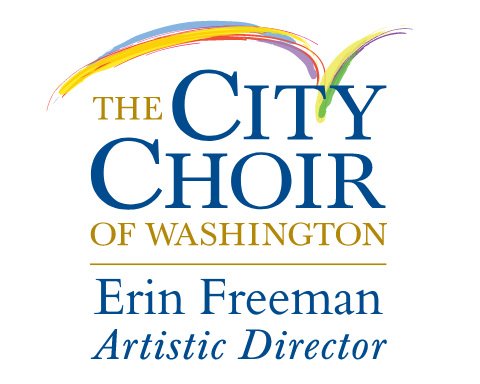“But Then…Mozart Happened” - Program Notes by Erin Freeman
A few weeks ago, we had rehearsal on a cold and rainy Saturday morning. If stealing everyone’s precious weekend time wasn’t bad enough, the weather was unpleasant at best. To compound the stress, the location had a few space mishaps, and thus we were relegated to the hallway for the first 30 minutes of our time together. Needless to say, tensions were high.
But then . . . Mozart happened.
After a brief warmup, in which the overtones we produced promised good things for the work to come, we began the Kyrie. Peter Uhlir, our intrepid pianist, sitting at the backup upright piano, played the opening measures of the Kyrie—those descending arpeggios that sound like the silent tears of a downtrodden soul. Then, the sopranos, followed by the altos, the tenors, and finally the basses, cried out in rising C minor chords up to the heavens. Our problems melted away as Mozart demanded of us something more. He demanded our full concentration, our attention to the details of rhythm, intonation, and articulation. He required us to listen to each other across the awkwardly shaped hallway while simultaneously focusing on our own vocal technique.
When our regular room became ready, we jolted ourselves back into the mundane situation that had greeted us upon our arrival. We picked up our belongings and made our way into the rehearsal hall. At that point, it was time for the Gloria—a brief but joyous study in contrasts between a rip-roaring “glory to God in the highest” and a more introspective “and on earth, peace to men of good will.”
~ ~ ~
Mozart wrote his Grand Mass in C minor between 1782 and 1783. Premiered in Salzburg, it featured his new bride Constanze as the lead soprano and contained nearly every style of music at the young composer’s disposal. In the aforementioned Kyrie, he created formal structure akin to the popular Classical-era symphonies; multiple fugues reflect his study of late Baroque masters J.S. Bach and G.F. Handel; double choir movements hearken back to the early Baroque Venetian polychoral works by Giovanni Gabrielli and Claudio Monteverdi; and the strikingly powerful double-dotted sections reflect the French overtures of Jean-Baptiste Lully.
But opera—Mozart’s beloved art form that manifested itself in Le nozze di Figaro, Die Entführung aus dem Serail, Così fan tutte, and Die Zauberflöte—reigns supreme. The two soprano soloists feature prominently in this work in the same manner that Donna Elvira and Donna Anna star in Don Giovanni. They take their turns in high-flying, virtuosic arias, and even join together (or perhaps compete) in a duet worthy of the stage. The tenor and bass soloist join later in supportive roles. Even the flute, oboe, and bassoon have staring cantabile turns in the hauntingly beautiful Et incarnatus est.
What is missing from this epic, concert-work-meets-opera-meets-sacred-experience? Much of the Credo and all of the Agnus Dei with its traditional concluding Dona nobis pacem. Mozart did not finish the work, although there is no agreement as to why, and thus editors throughout history have attempted to complete it. Some have fleshed out the existing movements, while others have attempted to set all of the missing text in the Classical style. The edition we have chosen is by H.C. Robbins Landon, who kept it simple, merely finishing the orchestration and reprising the Osanna in excelsis to make for a triumphant ending to this grand mass. At around an hour long, it’s still quite substantial. One can only imagine how Mozart might have composed the dramatic sections of the Crucifixus or Agnus Dei, or the joyous moments such as Et resurrexit or Dona nobis pacem. Perhaps that is one of the reasons we are drawn to Mozart in the first place. His life was short, making the music he did create even more meaningful. In addition to its beauty, strength, complexity, and simplicity, it is a reminder of the ephemeral nature of humanity and compels us to take stock, live in the moment, and handle even a rainy Saturday morning room mixup with perspective and grace.


